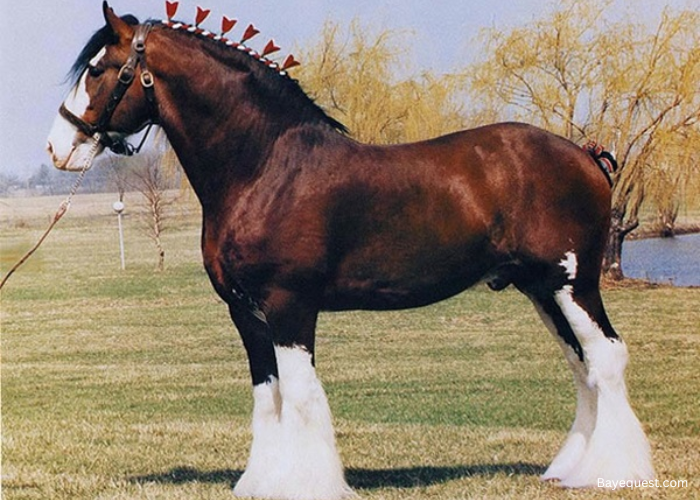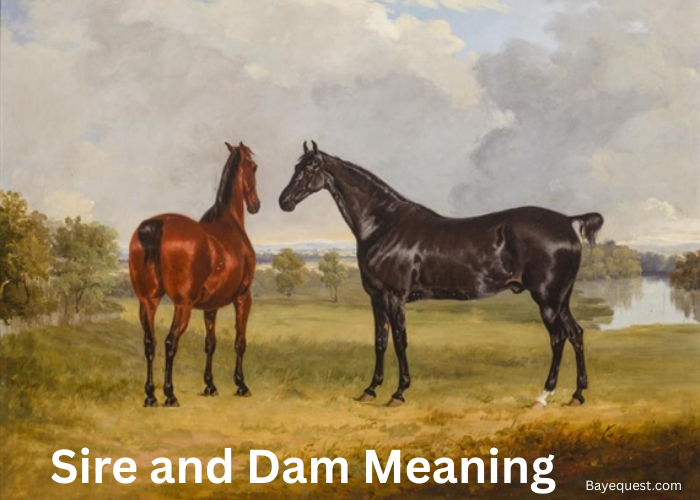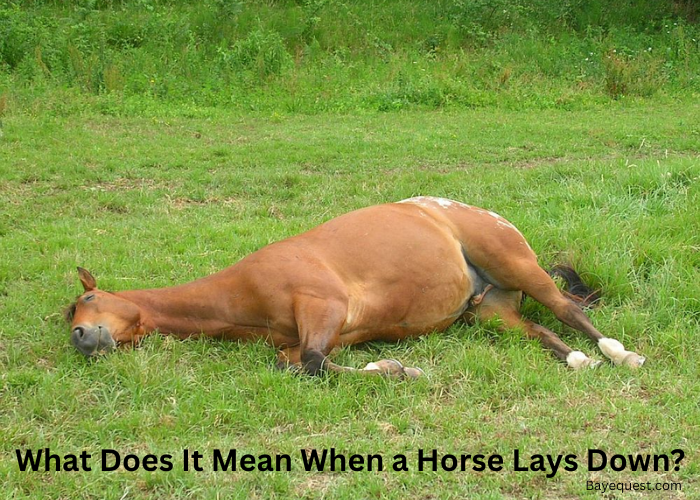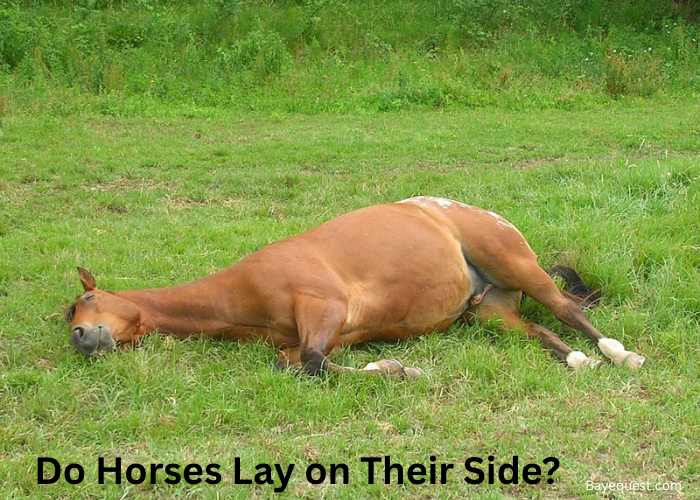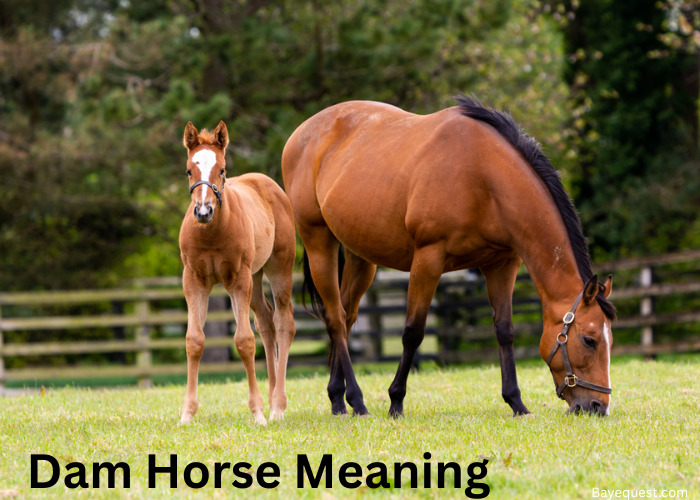The Clydesdale is famous for its size and strength, but it’s not the biggest horse in the world. Surprised? Many people are.
Behind its fame stand horses that are taller, heavier, and even more powerful. Some can pull loads heavier than a truck.
Others stand so tall they seem unreal. These breeds are strong and massive. Each one tells a story of strength, endurance, and history.
Get ready to meet the true giants that make even the mighty Clydesdale look small.
Horse Bigger Than Clydesdale? Key Takeaway
Several horse breeds are bigger than the Clydesdale in height, weight, or strength. The Shire Horse is the largest, often standing taller and weighing more. Other massive breeds include the Belgian Draft, Percheron, and Suffolk Punch, each known for their power, build, and workhorse legacy.
What Makes a Horse “Bigger”?
When we say a horse is “bigger,” we’re not just talking about height. Size can mean different things depending on the breed and purpose.
Some horses are taller at the withers, with heights comparable to those of basketball players. Others are heavier, built like bodybuilders with massive muscles and thick bones.
Then there’s pulling power, which refers to the amount of weight they can haul without breaking a sweat.
So, what makes a horse “bigger”? It’s a mix of height, weight, strength, and presence.
And when all four come together, you get a horse that makes even a Clydesdale look modest.
Horses That Outsize the Clydesdale
Clydesdales are big, but they’re not the biggest. Some horses outgrow them in height, others in muscle, and a few in sheer pulling power.
These gentle giants may not have the fame, but they’ve got the size to turn heads and crush records.
Let’s meet the breeds that make even a Clydesdale look small.
Shire Horse
This is the true heavyweight of the horse world. It doesn’t just match the Clydesdale. It often outclasses it.
Shires are among the tallest and heaviest horses on Earth. Many stand over 18 hands tall. Some even reach 19 or 20 hands. That’s more than six and a half feet at the shoulder.
But it’s not just height. Shires are packed with muscle. They can weigh up to 2,400 pounds.
Their massive legs, broad chests, and thick necks make them hard to miss. Yet, they’re gentle giants. Calm, patient, and easy to handle.
Historically, Shires pulled heavy wagons, cannons, and brewery carts.
They were the muscle of the medieval world. And today, they still turn heads at parades and shows.
Their feathered legs may remind you of Clydesdales. But up close, the difference in size is clear.
A Shire’s stride, weight, and power put them in a league of their own. If you’re looking for a horse that makes a statement, this is it. Shires are not just bigger, they’re bolder.
And when they walk into a paddock, even a Clydesdale steps aside.
Related read: Shire Horse Lifespan.
Belgian Draft
If the Shire is the tallest, the Belgian Draft may be the strongest. These horses are compact tanks: thick, broad, and built for serious work.
While slightly shorter than a Clydesdale, they often weigh more than them. Some Belgians can weigh in at 2,600 pounds. That’s muscle, not fluff.
Belgians have shorter legs than Clydesdales but more bulk. Their shoulders are powerful. Their necks are thick. And their backs can carry or pull almost anything.
They’ve been used on farms, in logging, and in pulling competitions for decades.
In fact, Belgians hold many world records in horse-pulling. One famous team pulled over 17,000 pounds. And that’s not a typo.
They also possess a calm and hard-working nature. They’re easy to train, reliable, and friendly.
Many people choose Belgians over Clydesdales for farm work because they’re easier to manage and stronger pound-for-pound.
While they may not have flashy feathers on their legs like a Clydesdale, they make up for it in raw strength.
If Clydesdales are the show horses, Belgians are the bulldozers. Quiet. Steady. And absolutely massive.
Interesting read: Draft Horse Lifespan.
Percheron
The Percheron is a powerful blend of grace and strength.
These French draft horses were originally bred for war and carriage pulling. Today, they’re used in farming, forestry, and parades.
Percherons are usually shorter than Clydesdales but heavier. They stand around 16 to 18 hands tall.
But it’s their solid, muscular frame that sets them apart. A Percheron can weigh between 1,900 to 2,600 pounds. That puts them right in the heavyweight class.
Unlike the Clydesdale’s flashy feathers, Percherons have clean, smooth legs. Their look is sleek but strong.
They often come in black or gray, giving them a bold and elegant appearance.
However, don’t let the looks fool you. These horses can haul serious weight.
They’re known for endurance and stamina. Percherons are often used in competitions that test pulling power and teamwork.
They’re also intelligent and eager to work. Many horse owners say Percherons are easier to train than Clydesdales. And they’re just as friendly.
So, while a Clydesdale may steal the show, a Percheron quietly gets the job done. Bigger in muscle and just as noble in spirit, these horses are a solid step above.
Suffolk Punch
The Suffolk Punch doesn’t need height to impress. What it lacks in length, it makes up for in pure power.
This breed is one of the oldest and most muscular draft horses in the world. And yes, it can be bigger than a Clydesdale in all the right ways.
Suffolks are compact, wide, and extremely strong. They usually stand around 16 to 17 hands tall.
But don’t let that fool you. These horses can weigh up to 2,200 pounds and are densely muscled. There’s no wasted space on a Suffolk.
They were bred in England for plowing heavy clay soil. That meant working all day, every day.
As a result, these horses are tough, reliable, and made to pull weight that would make others stumble.
Their appearance is solid and uniform, always chestnut in color, with no flashy white markings or feathers. They’re built low to the ground, with massive shoulders and thick necks.
Unlike the Clydesdale, which has a lighter, showier build, the Suffolk is a workhorse through and through. It’s all power, no frills.
If you want a draft horse with real muscle and work ethic, the Suffolk Punch delivers. It may not be tall, but it’s definitely bigger where it counts.
What is the Biggest Horse on Record?
The biggest horse ever recorded was a Shire named Sampson, later renamed Mammoth. He was born in 1846 in Bedfordshire, England.
At just four years old, he stood 21.2½ hands tall, that’s over 7 feet at the shoulder, and weighed a staggering 3,360 pounds.
No other horse has officially beaten that size. Sampson wasn’t just tall; he was massive in every way.
His size still holds the world record, making him the undisputed heavyweight champion of the horse world.
Even today, no Clydesdale or Belgian has topped him in both height and weight.
Clydesdale Horse Fun Facts
1. Clydesdales were first bred in the Clyde Valley of Scotland in the 1700s.
2. Adult Clydesdales stand 16 to 18 hands tall and weigh up to 2,200 pounds.
3. Their hooves can be over 8 inches wide and weigh more than 5 pounds each.
4. The long hair on their lower legs, called feathers, helps protect them in wet and cold conditions.
5. Budweiser made them world-famous in 1933 with their iconic hitch team.
6. A Clydesdale can eat 25–50 pounds of hay and drink over 30 gallons of water a day.
7. Known for their calm, friendly nature, they’re easy to handle despite their size.
8. You’ll often see them in holiday parades, state fairs, and ceremonial events.
9. They were once used to haul coal and heavy loads through muddy streets.
10. Their long, elegant stride is strong, smooth, and made for showing off.
Largest Horse Breeds in the World: FAQs
What is the average lifespan of a Clydesdale horse?
Clydesdales live between 20 and 25 years, which is common for most draft breeds. With proper care, some have reached their early 30s. Their lifespan depends on diet, exercise, genetics, and regular vet care. Good hoof maintenance and a low-stress environment can also help them live longer.
Can you ride a Clydesdale?
Yes, Clydesdales can be ridden, and many people enjoy riding them. Despite their size, they have a calm and steady temperament, making them great for beginners and trail riding. You’ll need a wide saddle that fits their broad back, but overall, they make excellent riding partners.vv
How much do Clydesdales weigh?
Clydesdales are one of the heaviest horse breeds, usually weighing between 1,800 and 2,200 pounds. Some stallions can even reach up to 2,600 pounds. Their weight comes from thick bones, powerful muscles, and a large frame. They’re true heavyweights—built for strength, not speed.
Read also: Clydesdale Horse Breed Average Weight.
Giant Horse Breeds: Conclusion
The Clydesdale may be famous, but it’s not the biggest horse around. Breeds like the Shire, Belgian Draft, Percheron, and Suffolk Punch prove that size comes in many shapes.
Some are taller. Others are heavier. A few are stronger by far. Each has its own history, build, and purpose.
These giants may not star in beer commercials, but they’ve powered farms, pulled loads, and turned heads for centuries.
If you’re amazed by the Clydesdale, you’ll be blown away by the horses that outsize it. Big hooves, big hearts, and even bigger muscles.




